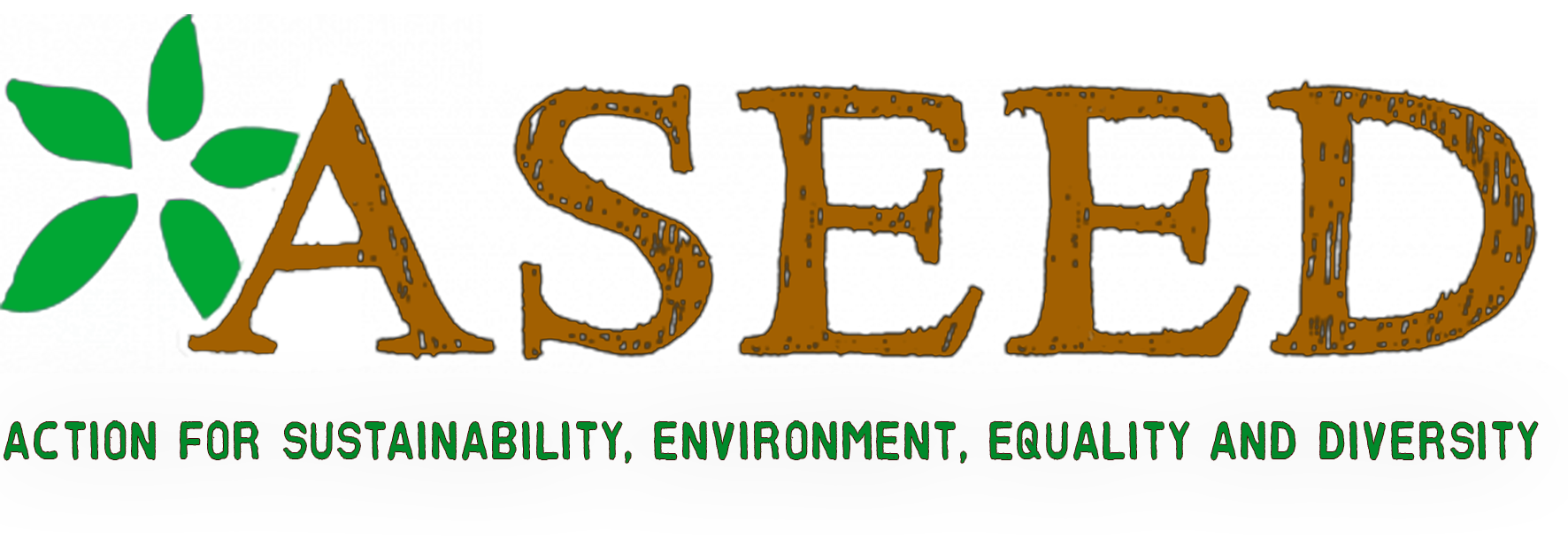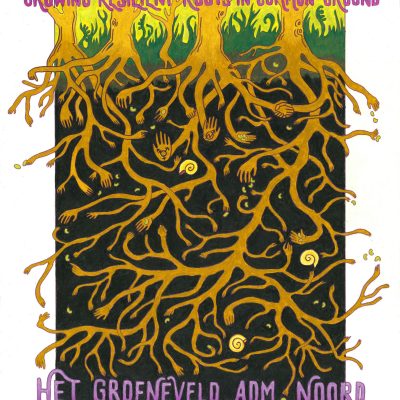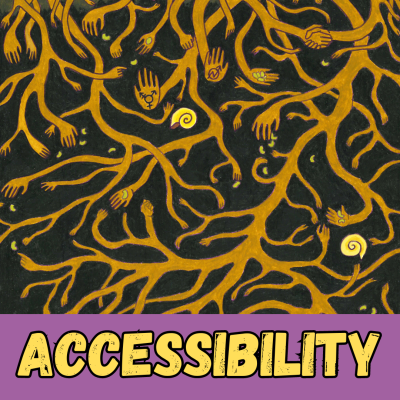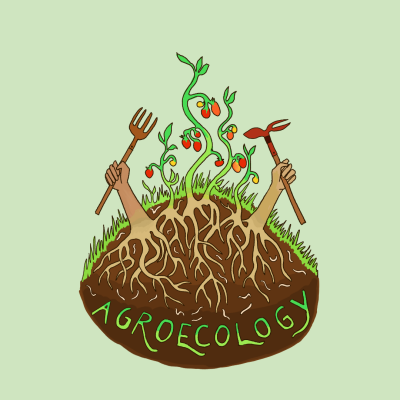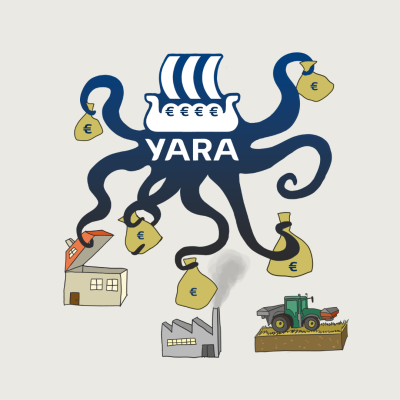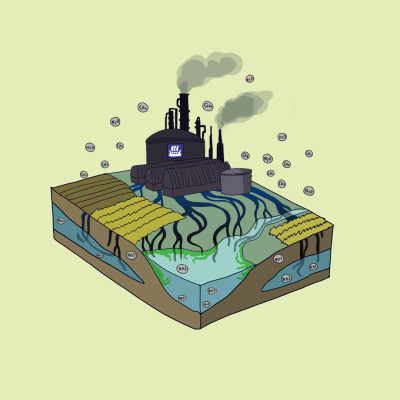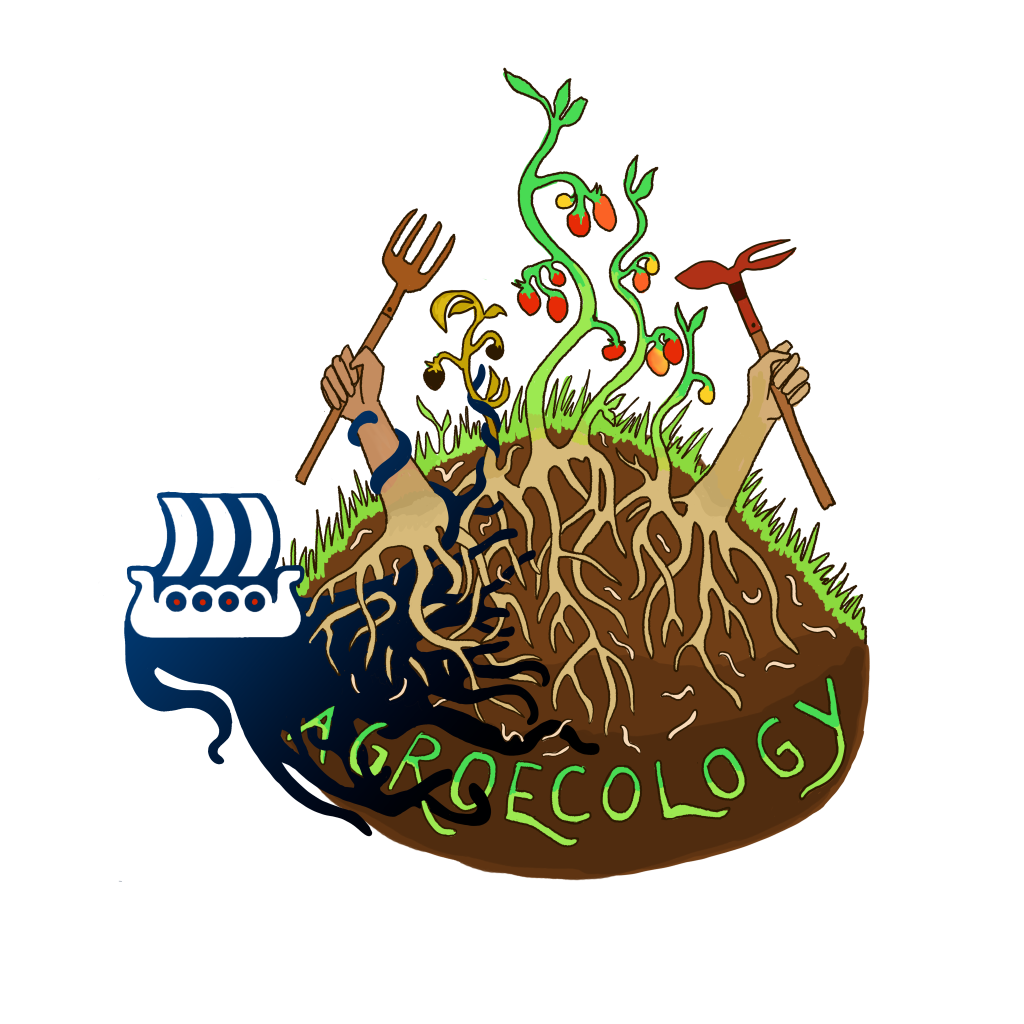
Fertilizer producers claim they are feeding the world, but do they? Recent events and studies showed that fertilizers were actually fueling food insecurity. They are making our food systems depend on unpredictable resources like fossil gas, and on geopolitically unstable countries like Russia. Ironically, in 2022-2023, Yara made record profits while food insecurity drastically increased mainly due to fertilizer price surges.
The best farming systems to feed the world are the ones that are the most resilient – those that can best face economic and climate hazards. These farming systems do not depend on chemical inputs but on agroecological practices to produce food. Their resilience comes from their diversity and their adaptation to local contexts. They get the minerals they need (nitrogen, phosphate, potassium) from natural sources, such as mixed livestock and crop farming or growing leguminous plants like chickpeas or lentils.
70% of food that is produced and consumed worldwide comes from peasants that use less than 25% of the resources, such as land, water and energy. On the other hand, the industrial chain of food production produces only 30% of the food, while using 70% of the resources.
References:
Les Amis de la Terre (2023). Fossil Fuels on our Plates: The Dark Side of Fertilizers. (report)
IPCC (2022). Sixth assessment report. The Working Group II contribution, Climate Change 2022: Impacts, Adaptation and Vulnerability . (full report)
Ministère de l’agriculture et de la souveraineté alimentaire. (2024). Evaluation de la souveraineté agricole et alimentaire de la France. (report)
